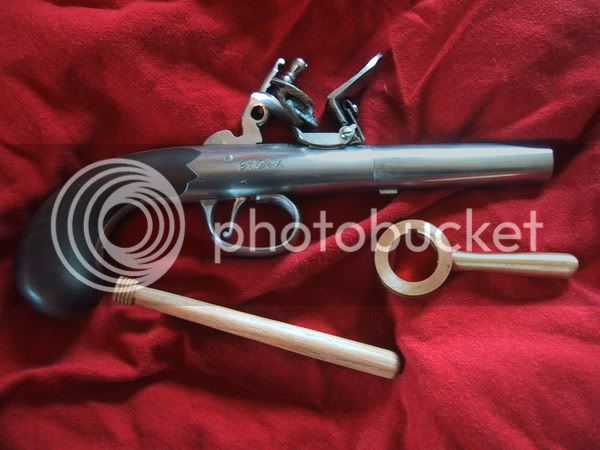John Taylor
45 Cal.
- Joined
- Oct 31, 2005
- Messages
- 776
- Reaction score
- 3
In 1808, a French gunsmith living and working in England patented a "superior mechanism for the firing of firearms" called, for the lack of a better term, an "in-line" action. The patent is virtually the same as the "new" in-line actions that are on the market. Jean Samuel Pauley, the inventor, actually came up with the mechanism before the percussion cap came into common use. This was a couple of years after the percussion system was invented by the Scottish minister Forsyth. Pauley’s patent uses an in-line striker and many of the other things that so inflame the traditionalist. So the percussion in-line is certainly not new.

IBohemian in-line flintlock action by Stanislaus Paczelt, 1738. All flintlock parts are contained within the enclosed action behind the barrel. The touch-hole fires through the breech plug
more about it

IBohemian in-line flintlock action by Stanislaus Paczelt, 1738. All flintlock parts are contained within the enclosed action behind the barrel. The touch-hole fires through the breech plug
more about it









